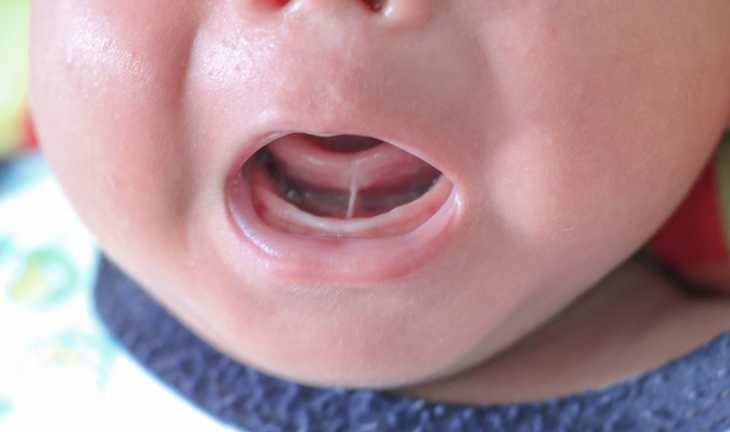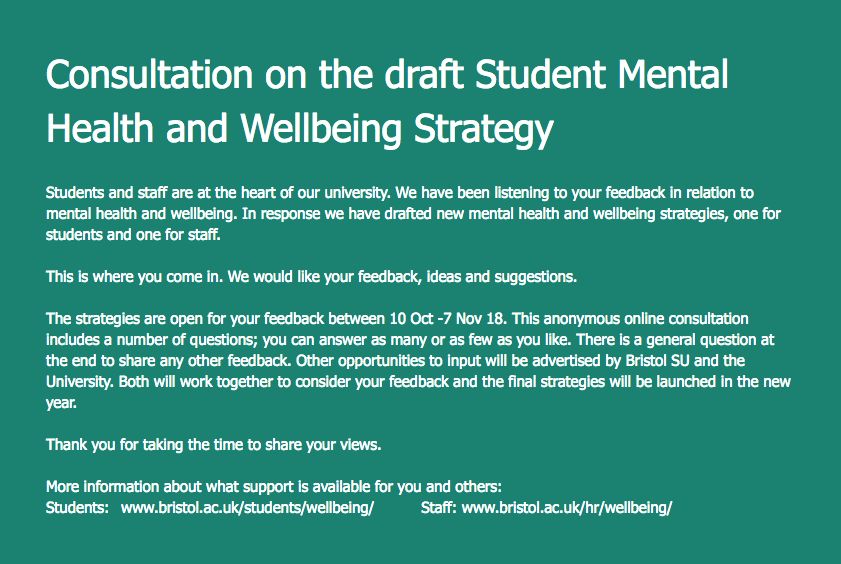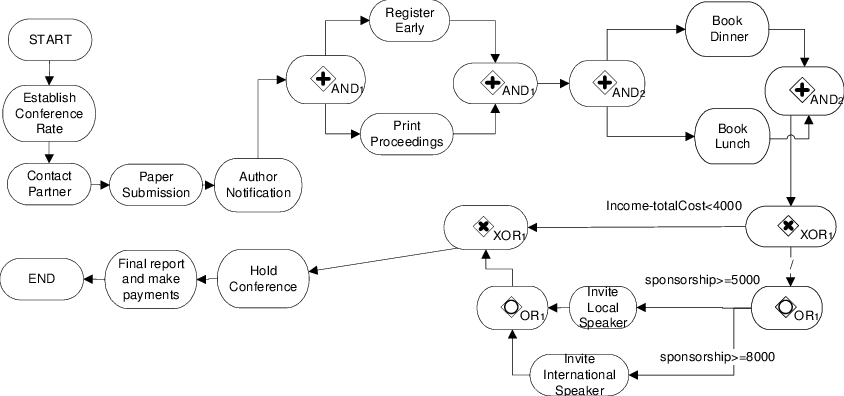How to upload an image
User need and images
Images should only be used on HSE websites if they serve a user need. The image must add value to the content by providing additional information. We do not use images that are decorative and superfluous to the content.
Choosing images
Voice and tone
Images say as much about us as words. Use the voice and tone guidelines when you choose images.
Images of people
Choose images that are inclusive.
Avoid idealised, ‘photo-shoot’-style images of people. We want people to be able to identify with the images that they see. Choose normal pictures of normal people.
You should make sure images don't reinforce negative or stereotypical attitudes especially for ethnicity, age or gender. Studies have shown this can happen without us being aware of it. Run regular checks of images on the site to ensure this has not happened.
You need written consent from people before you publish their images on our website. Only use images that you have permission to use.
Image standards
Images which do not meet the standards below will not be uploaded to HSE.ie. Images of text will not be uploaded.
An example of where an image adds value
HSE.ie has a piece of content about 'tongue-tie'. Some babies are not able to move and stretch their tongues freely because they have a short, tight or thick frenulum (the skin attaching the tongue to the base of the mouth). This is known as 'tongue-tie'.
The image clearly shows what tongue-tie is.

An example of where an image does not add value
A page about alcohol and weight gain explains how the consumption of alcohol can increase weight. The following image adds nothing to the information.

Image file sizes and formats
All images must have a maximum file size of 100kb and be in one of the following formats:
- .jpg
- .png
Image file names
Before uploading an image, give it a meaningful file name. This helps it to show up in search results. For example, simon-harris-health-minister.jpg is a good file name for a headshot of Simon Harris, Minister for Health. Avoid meaningless file names like IMG00023.jpg.
Images with text
Do not use images to convey text information. Text content should be written. The image below contains an image of text. This text should be written on the page, not displayed as an image.
Text displayed as an image:
- is not accessible for people with visual impairment
- will not be read out by a screen reader
- can't be resized in the browser (hard or impossible to read on mobile devices)
- is not searchable and can't be indexed by Google
- can't be cut and paste
- makes the site slower by increasing the download time of the web page
- can't include links in the text
- does not print well

Instructional images, like the example below, may be used within content when necessary. Each instructional image should be accompanied by a caption no more than 125 characters long.

Blog posts
Each blog post can contain:
- one thumbnail image
- one featured image
- Thumbnail images must be 330 x 190 px.
Featured images must be 700 x 500px. Each featured image should be accompanied by alternative (alt) text that is no more than 125 characters long.
Do not stretch or distort images to meet the required dimensions. Choose another image if necessary.
Alternative (alt) text
Alternative text is used to describe the appearance and function of an image on a page. It is read out by screen readers, or displayed on-screen if the image doesn’t load.
All images must have alt text. It should:
- tell users what information the image contains
- describes the content and function of the image
- be specific, meaningful and concise
- be no more than 125 characters in length
Paying for 3rd party images
If you pay to use 3rd party images you must:
- Buy the right type of licence.
- Accredit the image correctly.
Note: Please keep a record of where you obtained the image for future reference. All images must conform to copyright laws.
